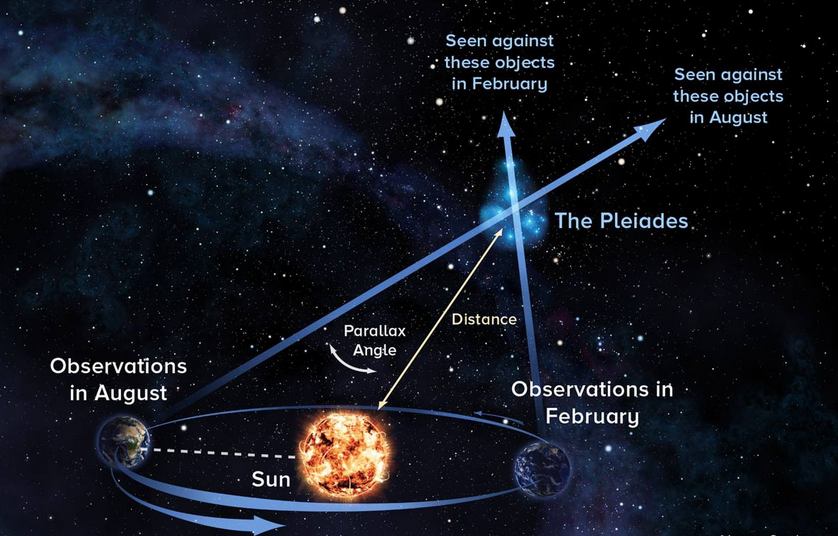18.HOW CAN WE MEASURE THINGS ABOUT THE STARS?
The distance from the earth to the nearest star is four and one half light-years. A light-year is about six million million miles—or 6,000,000,000,000 miles! Now, if the stars are this vast distance away from us, how can we measure how big they are, what they’re made of, and so on?
At one time, the only instrument the astronomers had was the telescope. Today, a whole group of special instruments exists to help astronomers study the motions, brightness, color, temperatures, and composition of the stars.
First of these is the camera, which is used to make permanent records of the stars observed. Another instrument is the spectrograph. This is used to photograph the spectra of the stars, or the rays of light coming from them. With the help of the spectrograph, astronomers have learned most of what they know about what the stars are made of, their temperatures, and the speeds at which they are moving.
One star may have a spectrum that is like that of other stars. The stars in each spectral class are found to have the same color. The colors range from blue to red. Our sun is a yellow star, in the middle of the range. The temperature of a star can also be found by measuring colors in the spectrum. The blue stars are large, hot, and brilliant, with temperatures of 25,000 degrees or more. Red stars are rather cool and have s,urface temperatures of 1,600 degrees or less.
To find what chemical elements are in the stars, the astronomer compares their spectra with spectra made in the laboratory. All the elements found in the stars are also present in the earth, but the stars are basically balls of very hot gas, mainly hydrogen and helium.
The astronomers also use special types of telescopes which can photograph large areas of sky. Still another type of instrument is the radio telescope. This has a very large antenna, a receiver, and a registering meter. This instrument records the strength of radio waves from the stars and planets. So, you see, we are able to overcome the great distance and find out quite a bit about the stars with a variety of instruments.



Leave a Reply